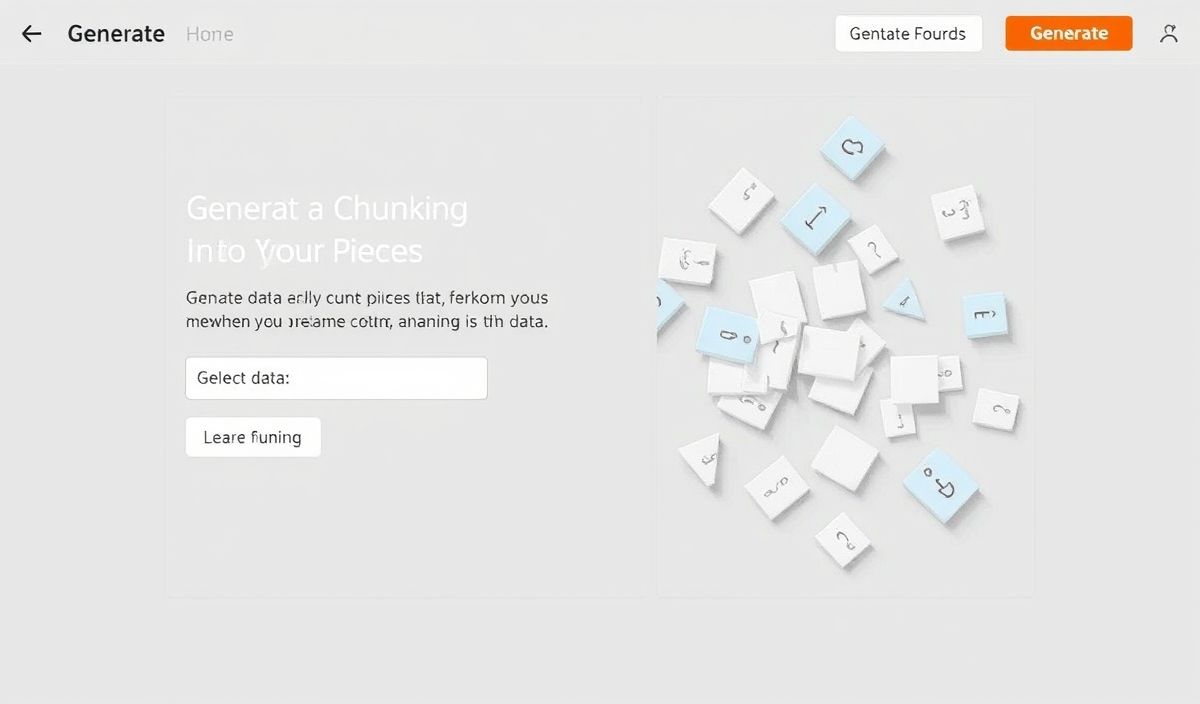Introduction to PSL:
The Python PSL (Processing Standard Library) is a versatile and powerful library that provides a wide range of utilities for developers. Using PSL, you can efficiently handle various tasks, such as data manipulation, input/output operations, and more. This guide will introduce you to the PSL library, along with practical examples and an app demonstration to help you get started.
Getting Started with PSL:
Before diving into the APIs, you need to install the PSL library:
pip install psl
API Overviews and Examples:
1. Data Manipulation:
PSL offers powerful data manipulation capabilities. Here’s an example of sorting data:
import psl data = [5, 2, 9, 1, 5, 6] sorted_data = psl.sort(data) print(sorted_data)
2. Input/Output Operations:
PSL simplifies reading and writing files. Here’s an example:
import psl
# Writing data to a file
data = "Hello, PSL!"
psl.write_file('output.txt', data)
# Reading data from a file
read_data = psl.read_file('output.txt')
print(read_data)
3. JSON Handling:
Work with JSON data easily with PSL:
import psl
# JSON data
json_data = {"name": "John", "age": 30, "city": "New York"}
# Convert JSON to string
json_string = psl.json_to_string(json_data)
print(json_string)
# Convert string to JSON
json_object = psl.string_to_json(json_string)
print(json_object)
4. Data Encoding and Decoding:
Handle encoding and decoding seamlessly:
import psl
# Encoding data
encoded_data = psl.encode('Hello, PSL!')
print(encoded_data)
# Decoding data
decoded_data = psl.decode(encoded_data)
print(decoded_data)
Building an App Using PSL APIs:
Let’s create a simple app to demonstrate the use of different PSL APIs. This app will read user data, encode it, write it to a file, read it back, decode it, and convert it to JSON format.
import psl
def main():
# Step 1: Get user input
name = input("Enter your name: ")
age = input("Enter your age: ")
# Step 2: Encode the data
encoded_name = psl.encode(name)
encoded_age = psl.encode(age)
# Step 3: Write encoded data to a file
psl.write_file('user_data.txt', f"{encoded_name}\n{encoded_age}")
# Step 4: Read encoded data from the file
file_content = psl.read_file('user_data.txt').split('\n')
read_name, read_age = file_content[0], file_content[1]
# Step 5: Decode the data
decoded_name = psl.decode(read_name)
decoded_age = psl.decode(read_age)
# Step 6: Convert data to JSON format
user_data = {
"name": decoded_name,
"age": decoded_age
}
json_data = psl.json_to_string(user_data)
print(f"User Data in JSON: {json_data}")
if __name__ == "__main__":
main()
With this comprehensive guide and the example app, you should have a solid understanding of the PSL library and how to incorporate its APIs into your Python projects.
Hash: 343cb40628bfd83d695c84a89fca169d41f531d1ea410dad28e76847dc738d68




